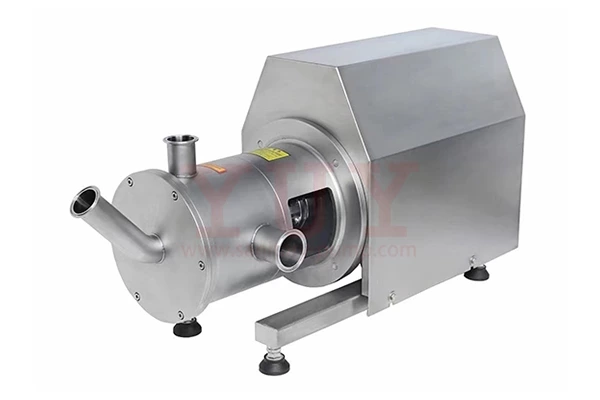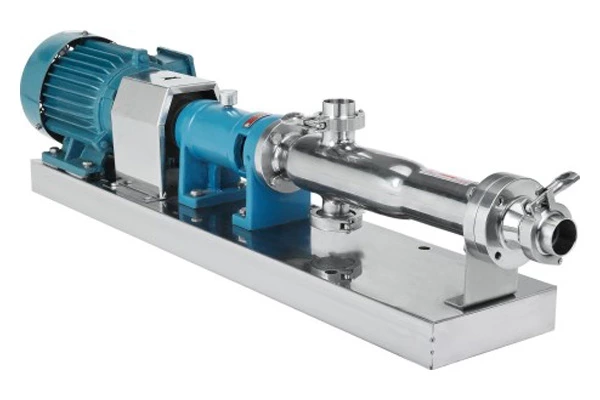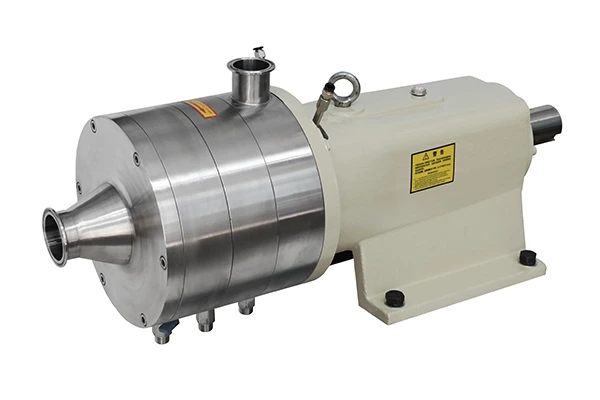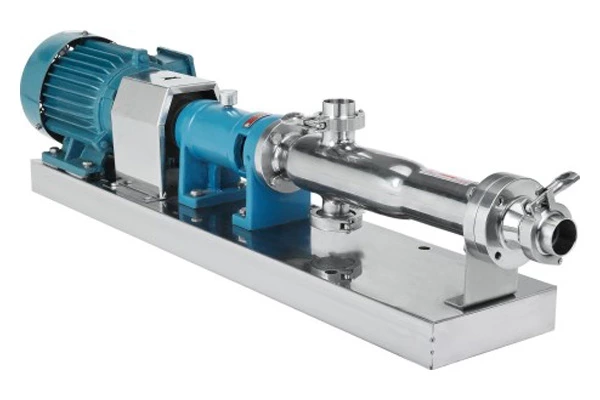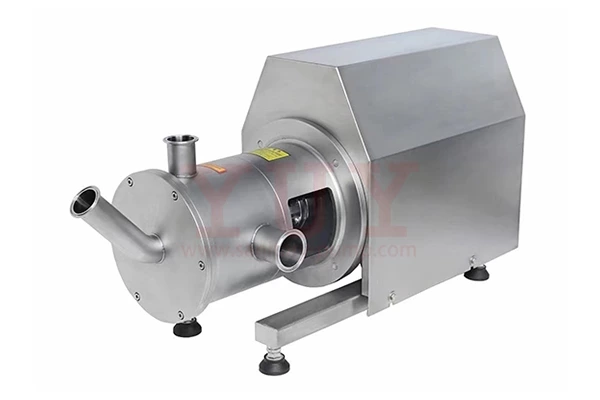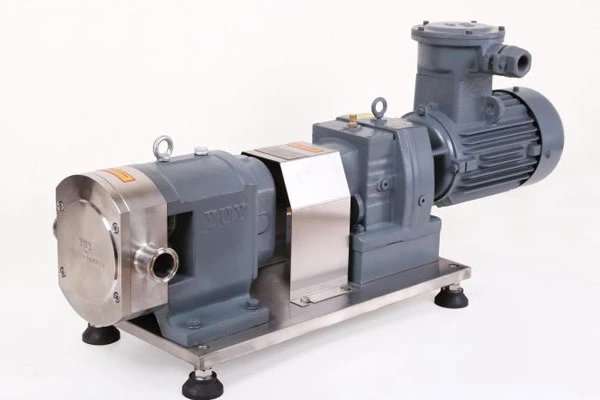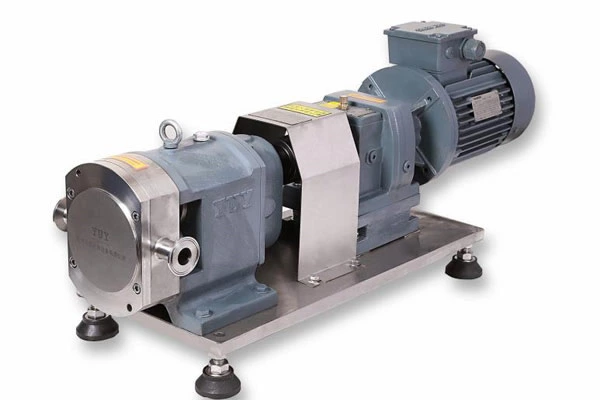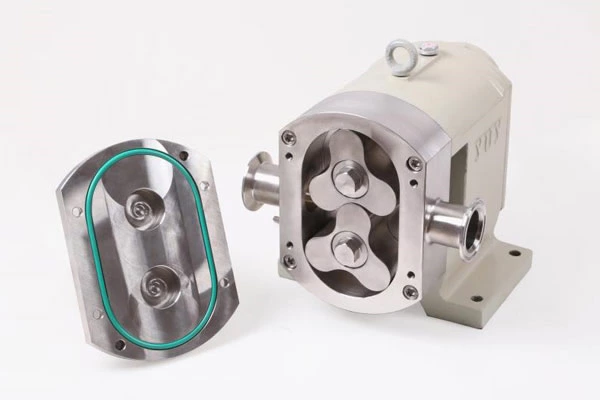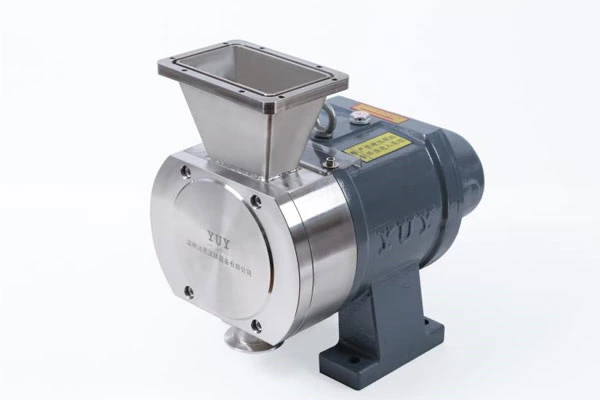150 Technical Questions And Answers About Pumps To Help You Fully Understand Pumps
91. What should be paid attention to when selecting rolling bearings?
Answer: 1) The direction and nature of the load. 2) The requirements for self-aligning performance. 3) The speed of the bearing. 4) Economy. 5) The precision.
92. How to choose the lubrication method of rolling bearings?
Answer: The normal operation of the bearing is related to lubrication. When the temperature of the conveyed medium is 80 degrees and the speed is below 2950r/min, dry oil lubrication is used; when the temperature of the conveyed medium exceeds 80 degrees and the power is large, thin oil lubrication is used.
93. How to check the quality of rolling bearings?
Answer: There should be no spots, dents, peeling and other phenomena on the surface of the rolling element and raceway. It should rotate flexibly. After turning by hand, it should slow down and stop smoothly. It should not stop suddenly and there should be no vibration. There should be a certain gap between the cage and the inner and outer rings. The isolation frame can be pushed radially by hand for testing. The clearance is within the standard range and measured by the lead pressing method.
94. What should be paid attention to when disassembling and assembling rolling bearings?
Answer: 1) The force application position should be correct. The principle is that the inner ring should be hit with the shaft and the outer ring should be hit with the housing to avoid deformation or damage to the rolling element and raceway.
2) The force should be applied symmetrically. Do not hit only one side to cause the bearing to deflect and damage the shaft neck.
3) Before disassembly and assembly, the shaft and bearing should be cleaned and free of rust, dirt and burrs.
95. What will happen if there is too much oil in the bearing box?
Answer: If the bearing box is filled with too much oil, the bearing will have no heat dissipation space, which will cause the bearing to heat up.
96. How to check the radial clearance of rolling bearings?
Answer: Use the lead pressing method and the feeler gauge method to measure. The translation of the radial clearance is not marked in the bearing code. The clearance of the bearing varies according to the size of its inner diameter. It is determined by checking the table. Under normal circumstances, the radial clearance of the rolling bearing cannot be greater than 3/1000 of the inner diameter of the bearing, and the radial clearance of the radial short cylindrical bearing cannot be greater than 2/1000 of the inner diameter of the bearing.
97. Why do rolling bearings need to be preloaded?
Answer: When assembling a radial thrust ball bearing or a radial ball bearing, if a certain axial load is applied to the inner and outer rings of the bearing, the inner and outer rings will be relatively displaced, eliminating the gap between the inner and outer rings and the rolling elements, and generating initial elastic deformation. Preloading can improve the rotation accuracy and life of the bearing and reduce the vibration of the shaft.
98. How to achieve rolling bearing preload?
Answer: 1) Use the thickness difference between the inner and outer rings of the bearing to achieve preload.
2) Use a spring to achieve preload, and rely on the spring to act on the outer ring of the bearing to achieve preload.
3) Grind the inner or outer ring used in pairs to achieve preload.
4) Adjust the axial position of the inner ring of the tapered hole of the bearing to achieve preload.
99. What is the principle of substitution of rolling bearings?
Answer: 1) The technical parameters such as the working capacity coefficient and the allowable static load of the bearing should be as equal to or higher than the technical parameters of the original bearing as possible.
2) The allowable limit speed should be selected to be equal to or higher than the actual speed of the original bearing.
3) The accuracy level of the substitute bearing should not be lower than that of the original bearing.
4) The dimensions should be the same. The dimensions of the machine and the bearing should not be changed arbitrarily because of the replacement of the bearing.
5) For bearings using the nesting method, the concentricity of the inner and outer cylindrical surfaces of the nesting should be guaranteed, and the tolerance and fit should be selected correctly.
100. What are the fixing methods of Solid-Liquid Mixing Pump?
Answer: 1) Bidirectional fixing with single-sided force, 2) Single fixing with double-sided force, #) Mixed fixing
